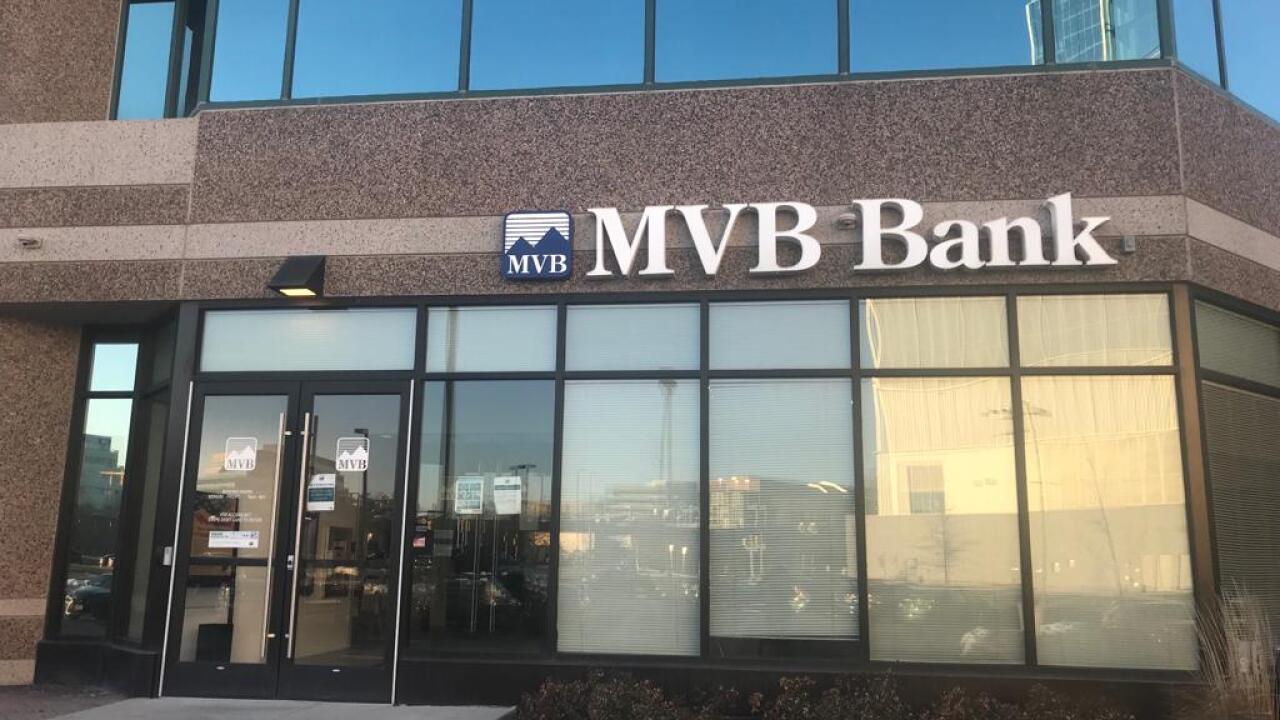There's an old saying that the only sure things in life are death and taxes. So is paying bills. But the process of accepting payments is becoming less expensive for major billers thanks to prearranged automated clearinghouse debits from customer checking accounts and to accounts receivables conversion, or ARC.
The ARC application offers billers an alternative to processing paper checks by enabling them to convert, process and settle customer checks as electronic ACH debits. Executives for Remitco and Regulus, leading operators of lockboxes-addresses where such large billers as credit card issuers, utilities, and banks receive their monthly customer payments-say their large biller clients want paper checks converted to electronic payments because it saves them money, and they get their funds faster.
"It's a growing way of clearing checks be-cause of the savings," says David A. Bochnovic, executive vice president of Phoenix-Hecht, publisher of "The Blue Book of Bank Prices."
Other industry observers agree that electronic transactions are less expensive to process. But nailing down actual prices is difficult because the information is proprietary.
Indeed, bigger companies get more of a price break than do smaller ones. Billers can pay $1 to $1.50 per check to process a paper check transaction. The cost to process checks through ARC conversion ranges from 12 cents to 35 cents per item, industry executives say. Transaction costs for prearranged ACH debits, in which the biller automatically deducts a payment from a customer's account each month, range from 4 cents to 8 cents per item because they already are electronic payments. Pre-arranged ACH payments are called PPD debits and PPD credits.
ARC's processing costs are higher because the process is more tedious, as it involves processing a paper check at a lockbox. This includes removing the check and payment coupon and posting them to the correct client account before converting the payment into an ACH debit.
But because of the low prices relative to processing checks as paper, Kathi Plymouth, vice president of product at Remitco, which processes more than 60 million payments made by mail each month, says more billers are asking for ACH and ARC conversions.
"There are a lot more customer implementations to ARC and ACH in the sales queue," she says.
Plymouth's counterpart at Regulus, Brian Mulford, the company's chief of product, says the Napa, Calif.-based business has seen a 50% to 60% increase in the last two to three years in companies requesting ARC and ACH conversions of paper checks written to pay bills.
Part of the reason ARC and ACH payments are inexpensive is because with the ACH system, account and bank-routing data from paper checks are batched before they are sent along electronically for settlement. If the merchant and customer bank at the same institution, the bank settles the ACH transaction internally.
If they use different banks, ACH payments are processed either by the Federal Reserve Bank or by a third party, such as Remitco and Regulus.
Not only are ARC and ACH-processing costs lower, billers receive their money faster-within two days compared with the four to 10 days it takes to settle a paper check, Plymouth says.
"It depends on the biller's relationship with its bank," Mulford says. "But if the bank wants to see the check, it can take twice as long to clear a paper check than it takes to process an ARC or ACH payment."
According to NACHA, the Herndon, Va.-based organization that oversees ACH rule-making, there were 491.2 million ARC payments in 2006's first quarter, up 45.2% from 338.2 million during the same three-month period last year.
Ed Bachelder, director of research and analytics at Dove Consulting, says ARC payments came out of "nowhere to achieve more than a billion payments in three years."
ARC payments, which were introduced in 2002, now account for 25% to 33% of the 4 billion annual payments processed by the nation's lockbox operators, Bachelder adds.
There also has been growth in prearranged PPD debit and credit payments. PPD debit volume was 616.3 million in the first quarter, up 8.7% from 567 million in 2005's first quarter. PPD credit volume between the same two quarters grew by 5.9%, to 961.9 million from 908.6 million.
Large lockbox operators are seeing the growth in ARC and ACH payments first hand. Remitco's Plymouth says about 20% of the payments the company processes annually are ACH and ARC transactions.
"The trend line in the number of businesses asking for ACH processing is definitely going up," Plymouth says. Remitco, which is part of First Data Financial Institution Services, owns eight lockbox facilities nationwide.
Regulus' Mulford says 35% of the 1 billion payments the company manages annually through its lockboxes are converted to ARC and ACH payments.
Regulus, an independent company, accounts for 17% of the nation's ARC conversions, Mulford says. Regulus has six lockbox locations, down from 17 a few years ago.
The growth in electronic payments is partly responsible for the drop in the need for brick-and-mortar facilities, Mulford says.
Regulus promotes ARC and ACH payments to companies as a way to better manage their businesses. In April, Regulus announced it had signed a contract with Philadelphia Gas Works, which provides gas for 500,000 residential and 19,000 commercial and industrial customers. Regulus contends Philadelphia Gas' move to ARC conversion will improve the utility's cash flow.
Mulford contends ARC and ACH conversions are key for the lockbox industry. "If a lockbox operator is not doing it, it doesn't want to be in this business," he says.
(c) 2006 Cards&Payments and SourceMedia, Inc. All Rights Reserved.
http://www.cardforum.com http://www.sourcemedia.com
-
In a new survey, 28.4% of community banks said that regulation represented an "extremely important" risk, down from 44.1% last year.
October 7 -
A new report links a surge in consumer complaints to two financial influencers selling dubious advice and products to millions of followers online.
October 7 -
Don McCree, who has led commercial banking at Citizens since 2015, plans to retire next year. His successor, Ted Swimmer, who was in charge of capital markets, took over on Tuesday.
October 7 -
The Fairmont, West Virginia, bank is taking a $7.6 million hit to rid itself of $73 million in long-duration, low-yielding securities, though the sale of its payments subsidiary the week before cushions the blow.
October 7 -
House Financial Services Committee ranking member Maxine Waters, D-Calif., asked bank regulators to give banks the supervisory clearance to extend lines of credit and modify loan terms for federal employees furloughed after the government shut down last week.
October 7 -
Federal Reserve Gov. Stephen Miran sidestepped whether policy setting pressure from the administration is a welcomed development, but reiterated that he wants to avoid succumbing to "groupthink."
October 7





